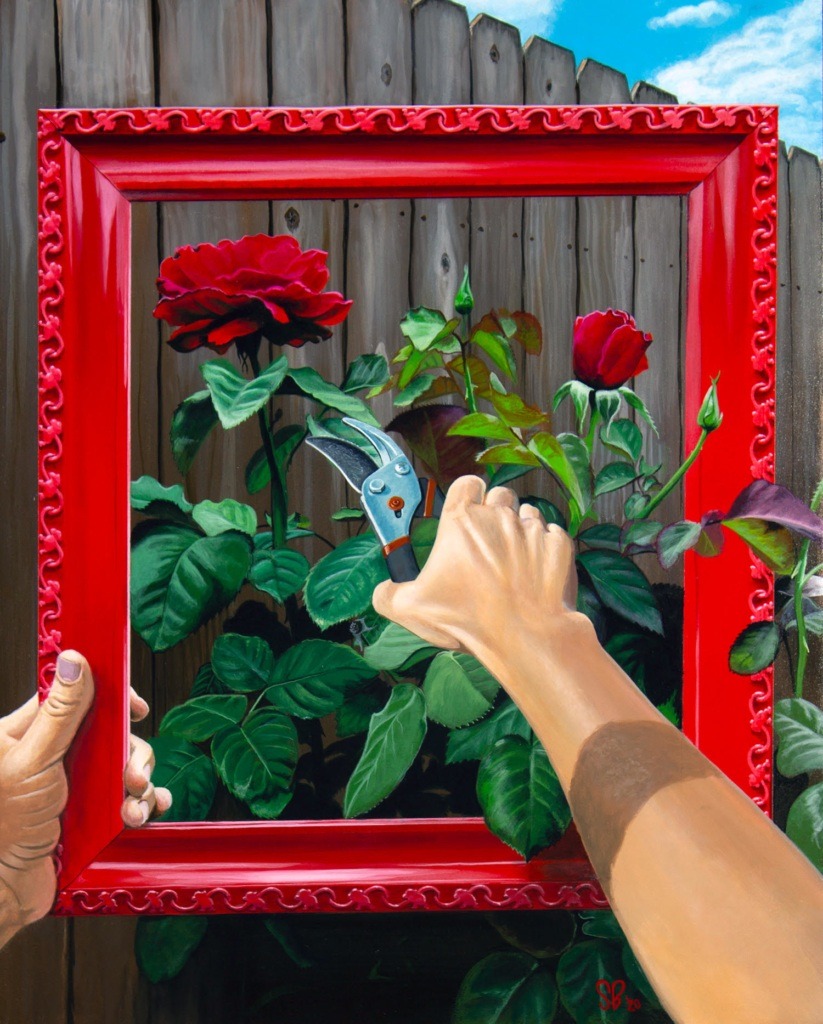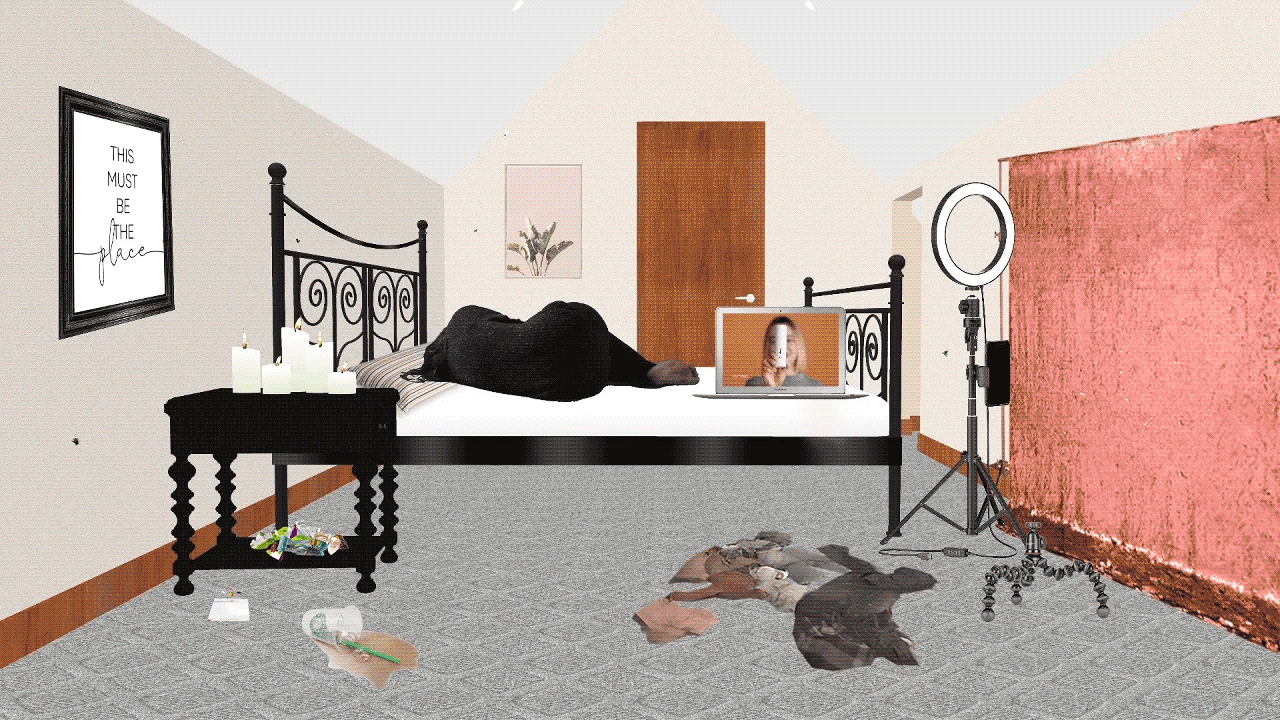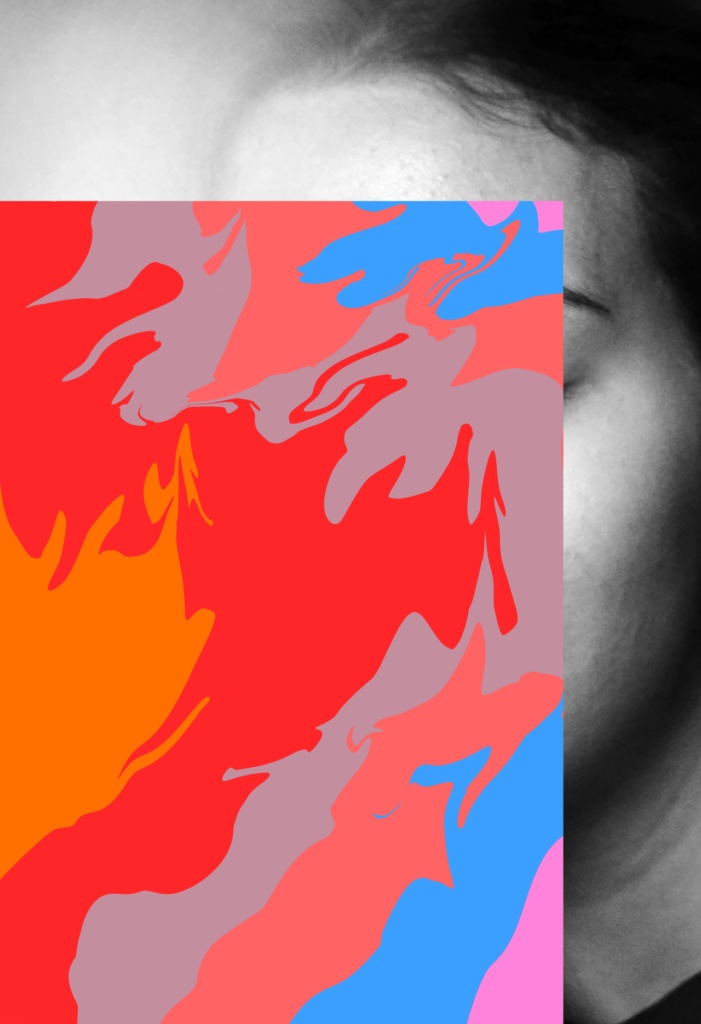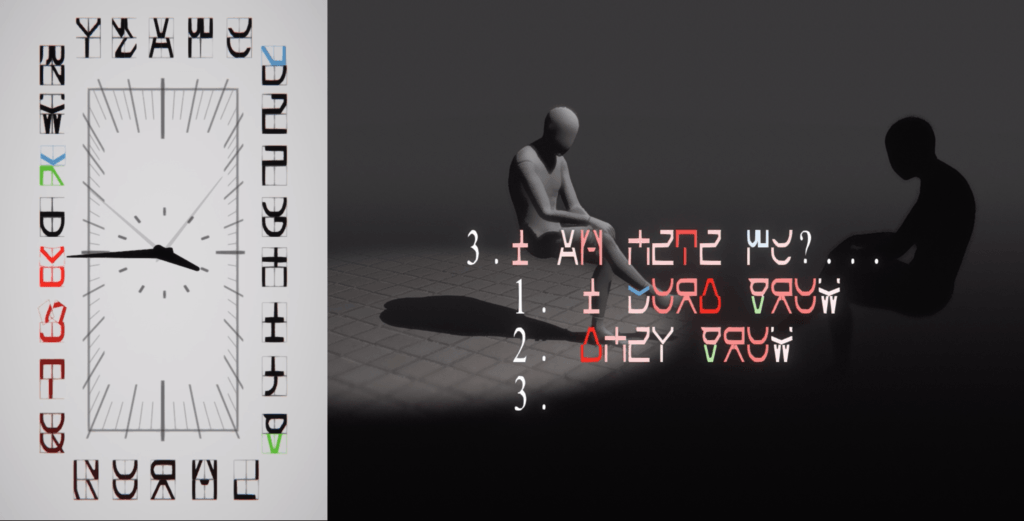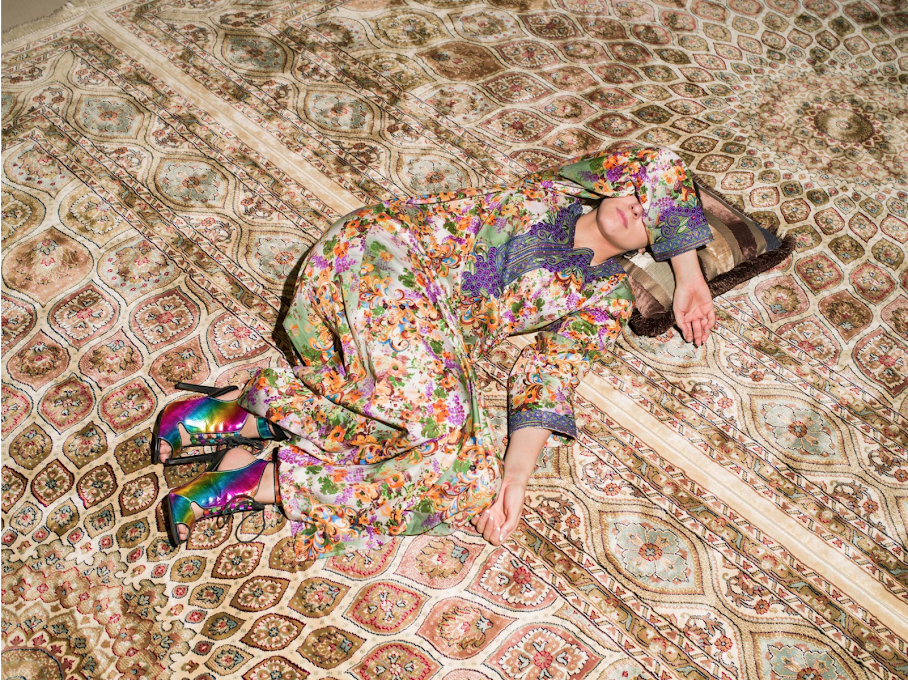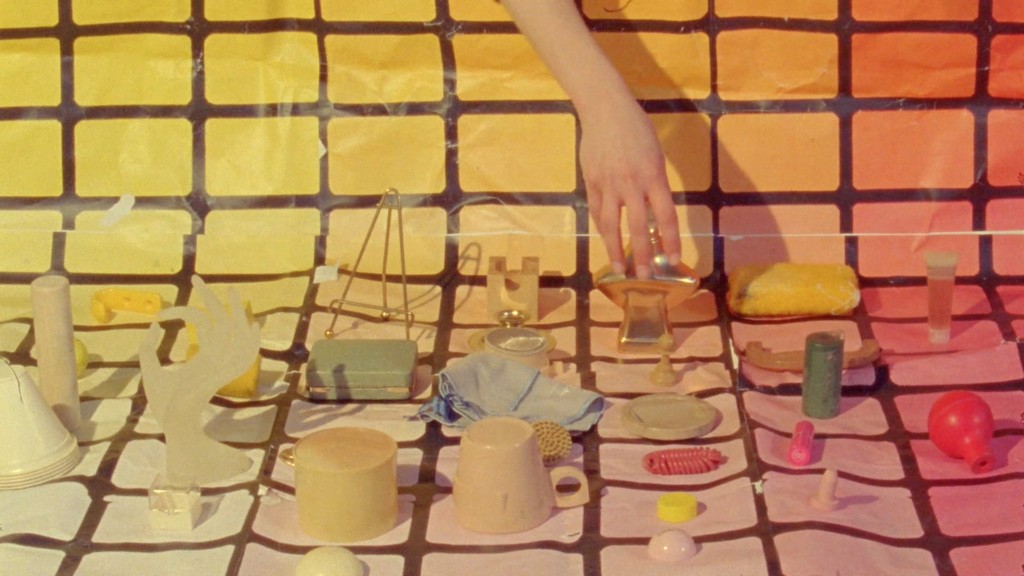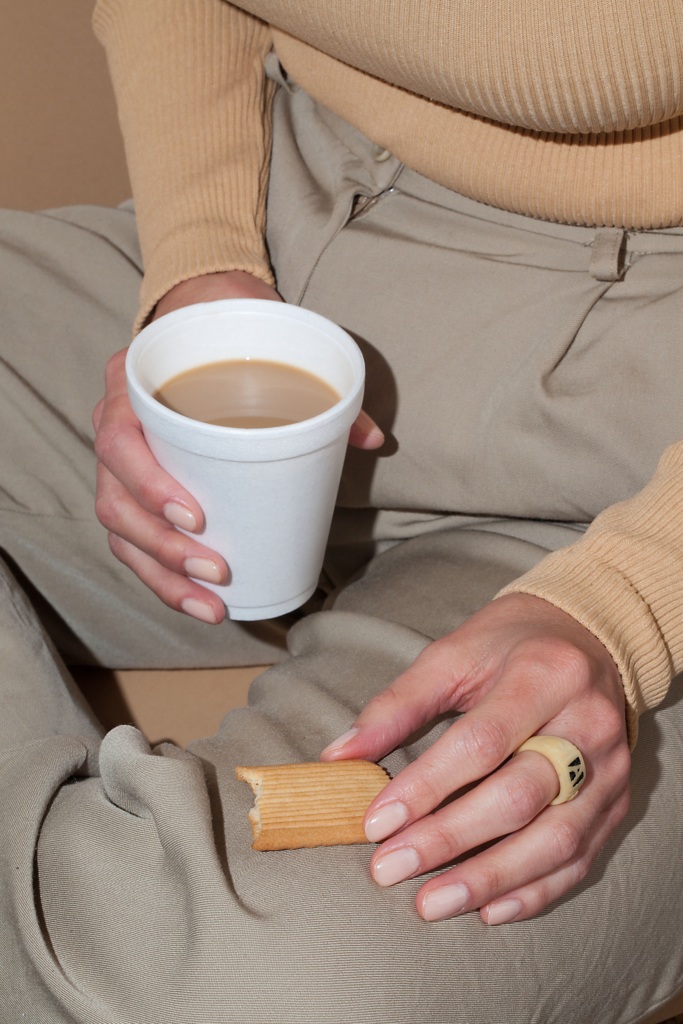Topics
Influencers
Living publicly is a life skill
Influencer Creep
Self-documenting and self-branding are becoming basic not just to “influencing” but to all forms of work. The mark of influencer creep is the on-edge feeling that you have not done enough for social media platforms: that you can be more on trend, more authentic, more responsive — always more.
Taking Stock
“Creator” has emerged as an all-purpose aspirational descriptor for people who make internet content. It seems to promise a work life of artistic autonomy, but in practice it subjects workers to algorithmic control and exploits them to the point of burnout.
Take Me Away
Compared to earlier technologies of escape, parasociality offers something closer to direct interaction — a more powerful illusion of connection. Parasocial escapism is not so much a retreat from intimacy into consumerism, but a way of consuming intimacy as a product
Name of the Game
“Influencer” and “creator” aren’t really different jobs, but the opposition of the two terms helps structure a variety of hierarchies: Less experienced or female content producers or competitors are more likely to be “influencers,” while “creators” testify to the economic generativity of social media platforms and entrepreneurial opportunities for audiences.
Body Talk
Social media train us to go through life in constant anticipation of a potential audience. That’s as true for sex as it is for friendship, travel, eating, and “being oneself.” The spectacularization of sex, for those who don’t have it professionally, might seem like a new frontier for public living. But within this immersion lies the possibility of a perfect privacy.
Paid in Full
With the advent of the internet, some predicted that intellectual property would become outmoded, but this has turned out to be backward. Instead it has allowed for the conception of everything as IP. Anything can become “content,” which now means anything can be conceived as a speculative instrument, as with NFTs. Web 2.0 — the “participatory web” of social media platforms and user-generated content — is being subsumed by what’s called Web3, an initiative to build blockchains and payment protocols into the internet’s fundamental architecture.
The Safety Dance
The practice of influencers is not some marginal form of social media marketing but a form of cultural production and a mode of self-employment that is becoming paradigmatic. Algorithmic tools designed to determine influencers’ “brand safety” — essentially their ability to work — reproduce existing forms of discrimination, linking “safety” and profitability with whiteness. Soon all workers may be subject to such scrutiny.
It Girls
AI influencers like Lil Miquela don’t have inconvenient politics, slip-ups, or demands; they do exactly what they are scripted to do. Their success gives brands additional leverage over human influencers, showing them how quickly they could be replaced. But avatars could also be understood as extending human capability rather than competing with it.
Layers of Identity
In thinking about digital identity, we need go beyond dichotomies that posit the online is “fake” and the offline more “authentic,” given that all self-presentation in digital and physical spaces is curated and controlled. Influencers construct different kinds of marketable authenticity by performing amateurism and managing followers’ access to a series of backstages.
Seeing Is Believing
“Fake followers” on Instagram are not a problem for users but for advertisers. Using something faked, edited, misleading, or out of context to attract attention is the point of being on the platform, which actively blurs aspirational fantasy with its achievement. Buying followers may ostensibly break the site’s rules, but it follows Instagram’s implicit logic to a tee.
The Genre of You
Cost of Simplicity
Minimalism, or pseudo-minimalism, turns out to be a handy undercover vehicle for consumer obsession: aesthetically pleasurable, and suggestive of high-minded austerity, it obscures its own extravagance. It signals virtue while suggesting that beauty and the good are one and the same.
